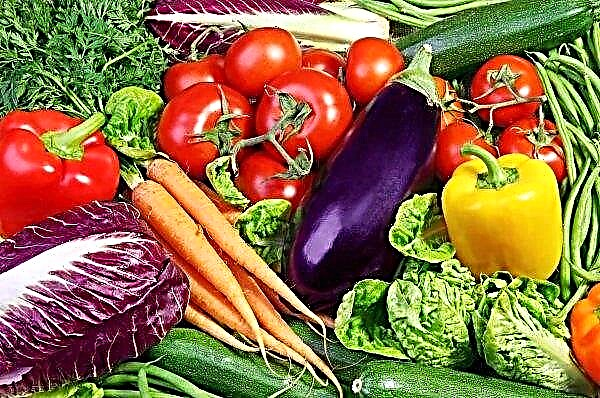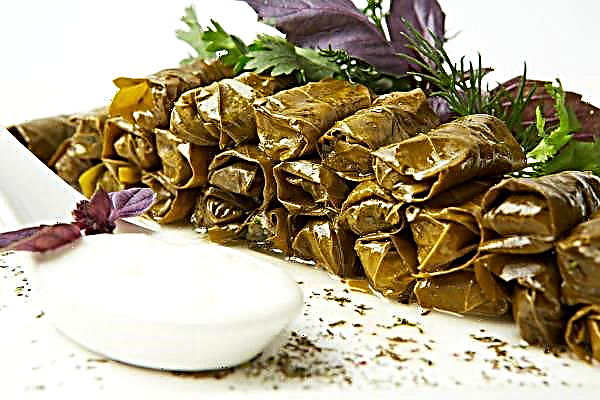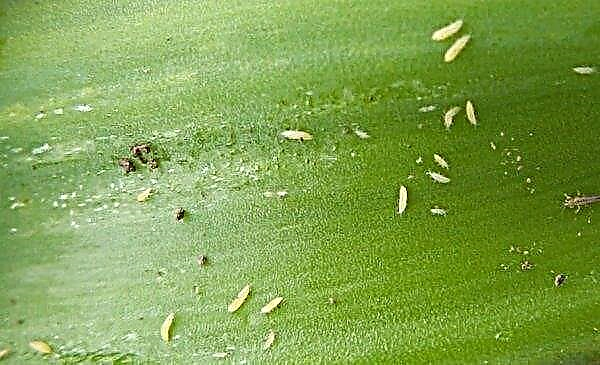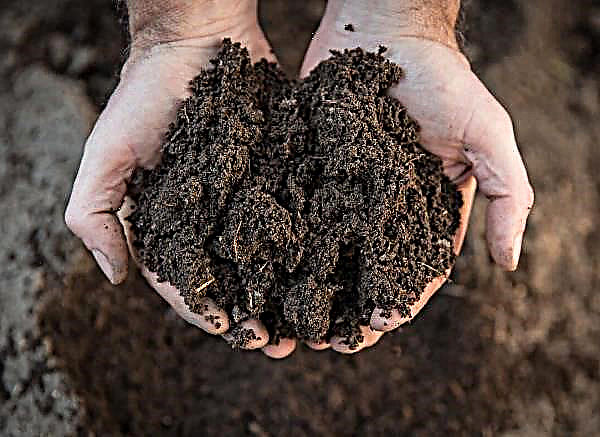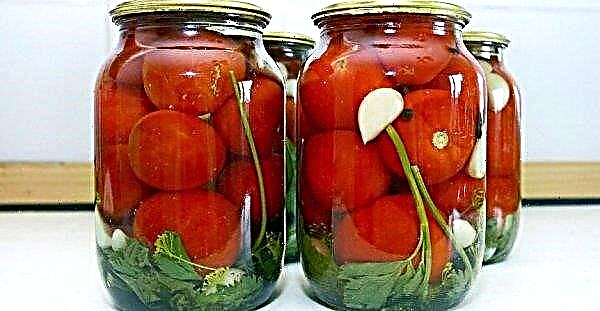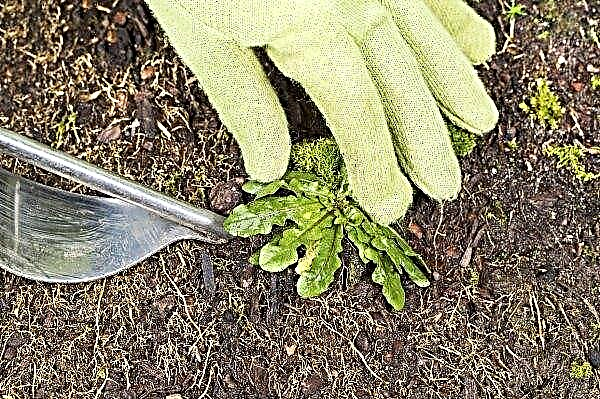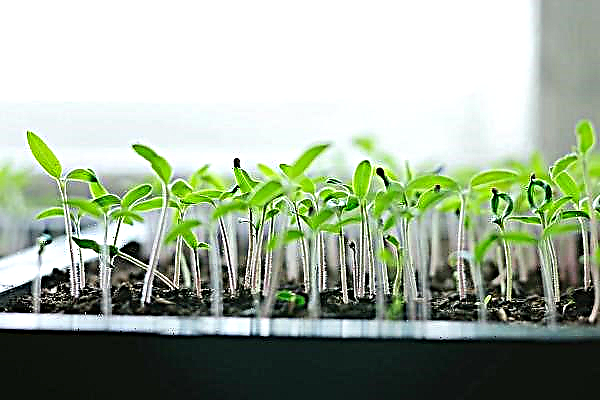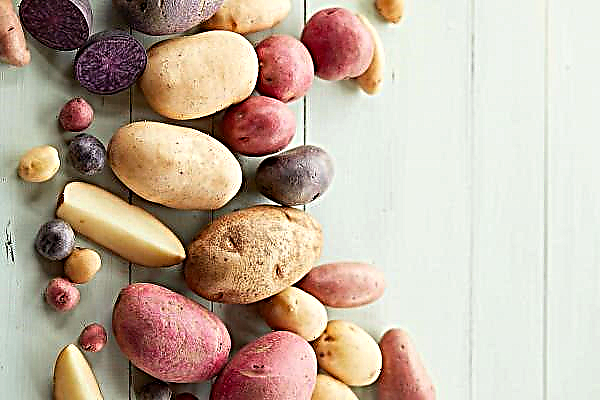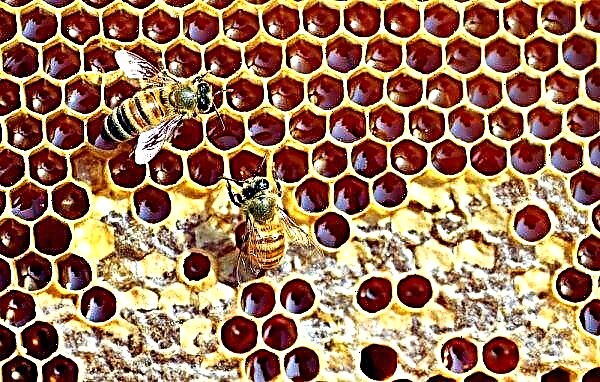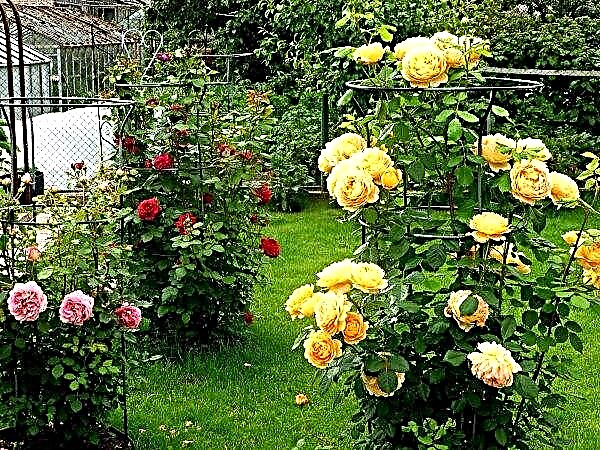When growing vegetables, you need to know which plants can grow next to each other in the garden, and which are desirable to place away. What is acceptable to one plant is completely unsuitable for another, so you should consider in more detail what vegetables it is appropriate to grow pepper in one greenhouse.
Features of growing pepper
For pepper planting, it is necessary to choose fertile soil, generously drained, with an acidity (pH) of 6–6.6. Due to the sensitivity of the vegetable to excess nitrogen, it is not recommended to add fresh humus to farm animals. This can lead to the "fattening" of the plant - an increase in the vegetative mass to the detriment of the formation of fruits, as well as the formation of rot and its propagation.
One of the secrets of obtaining a high yield of pepper, especially in conditions of lack of moisture, is the formation of plantings in which leaves in a row intensively cover the soil. This will reduce the evaporation of moisture from it, so the density of plantings should be given great attention.Did you know? A resident of Krasnoyarsk raised the largest pepper. The weight of the vegetable was 535 g, and the diameter in the context of 10 cm.
Before planting, it is necessary to put 1-2 handfuls of humus in the hole, 1 tsp. nitroammophoski and pour plenty of water. Planting depth affects the future growth of the vegetable. Seedlings must be planted in the ground when the threat of frost disappears, and the soil warms up to + 15 ... + 16 ° С. Pepper is a moisture-loving plant, and it is desirable to water it so often that the soil is constantly moist. This vegetable is watered more times than other plants, but in small portions: 3-4 buckets per 1 m².
Pros and Cons of Co-Location
Choosing a companion will help increase pepper yield and minimize exposure to harmful insects. For the selection of "neighbors" in the garden should take into account the family of vegetables.
Due to the specifics of caring for these vegetables, the yield can remain at a certain level or rapidly increase. Planting these crops next to each other will allow the gardener to save not only time, but also plant care products.
The following factors influence the cultivation of vegetables:
- The vegetative period of the plant.
- Plant height.
- Necessary conditions: temperature, humidity, lighting in the room.
Did you know? The largest peppers managed to grow farmers in the Arava Valley, which is located in Israel. The weight of the vegetable reached 500 g, which is why he received the nickname Godzilla.
How to plant pepper in a greenhouse
Paprika reacts more strongly to monoculture than other vegetables, as a result of which the infection rate increases. It is advisable to return it to the old landing site no earlier than 5 years later. Any plant requires a special approach. Experienced gardeners know that some vegetables have a positive effect on the growth of the “neighbor”, while others contribute to oppression and cannot get along together.
Pepper and tomato
You can plant pepper in the greenhouse next to tomatoes, since these vegetables belong to the family of solanaceous plants and need the same care. Tomatoes and paprika should be planted in loamy soil. When co-growing crops, it should be borne in mind that bell pepper is not subjected to pinching, unlike tomatoes, so it will have more light and space for growth.

Due to the specifics of caring for these vegetables, the yield can remain at a certain level or rapidly increase. Planting these crops nearby will allow the gardener to save not only time, but also care products.
Important! Not earlier than after 14 days it is necessary to do the first top dressing. For its preparation, you should mix half a liter of humus in 1 liter of water and 1 tbsp. nitrofoski.
Pepper and cucumbers
This neighborhood in the greenhouse is possible subject to agricultural cultivation practices. Cucumbers tolerate the temperature regime within + 28 ... + 35 ° С at a humidity of 96%. Paprika is also not afraid of high humidity (up to 96%), but abundant watering should be abandoned. When cultivating these crops should use the same fertilizing the soil. Both plants need potassium-phosphorus and nitrogenous fertilizers, as well as fungicides against diseases. When planting these vegetables, it must be remembered that both plants do not tolerate strong drafts.

Pepper and eggplant
Planting eggplant and pepper in a greenhouse is the most common method among gardeners, as it is an excellent protection against insect pests and diseases. Let's take a closer look at how to do this.
Joint planting of these crops is possible for the following reasons:
- Mutual heat loving.
- The same watering mode.
- the distance between plants should be within 45 cm;
- the distance between the rows should be observed at 60 cm;
- blue and pepper should be planted exclusively in the evening, as the seedlings of these crops are tender and are not able to tolerate the heat;
- in order to avoid damage to the root system, it is not recommended to loosen the earth deeply.
When planting these vegetables in a greenhouse, one should take into account the fact that the plants will develop their tops up the walls and with their shoots will block the light of other crops. It is best to plant them on the central beds of the greenhouse.

What can not be planted
There are plants that adversely affect the growth of bell pepper, even if they are next to it on the same bed. It is very aggressively influenced by aromatic substances of fennel, which can lead to the death of many plants, including pepper.
Bean crops (peas and beans) are bad "neighbors" for paprika, despite the fact that they enrich the soil with nitrogen. Peas will look for support for growth, and the peppers standing nearby will do well for this. As a result, the plant may break under the weight of peas. He does not feel very well next to a beet, which is growing rapidly, reaching for light and suppressing the root systems of its “neighbors”.
Important! It is unacceptable to plant sweet pepper on the same bed with bitter, because cross-pollination will occur between them, and this will lead to a loss of taste. To avoid the formation of hybrids, beds should be placed at a distance of 15 m.
To grow pepper in your greenhouse next to other vegetables, you need to clarify their compatibility. So, having familiarized yourself with the conditions of their maintenance and the peculiarities of growing, you can choose suitable neighbors for them.

